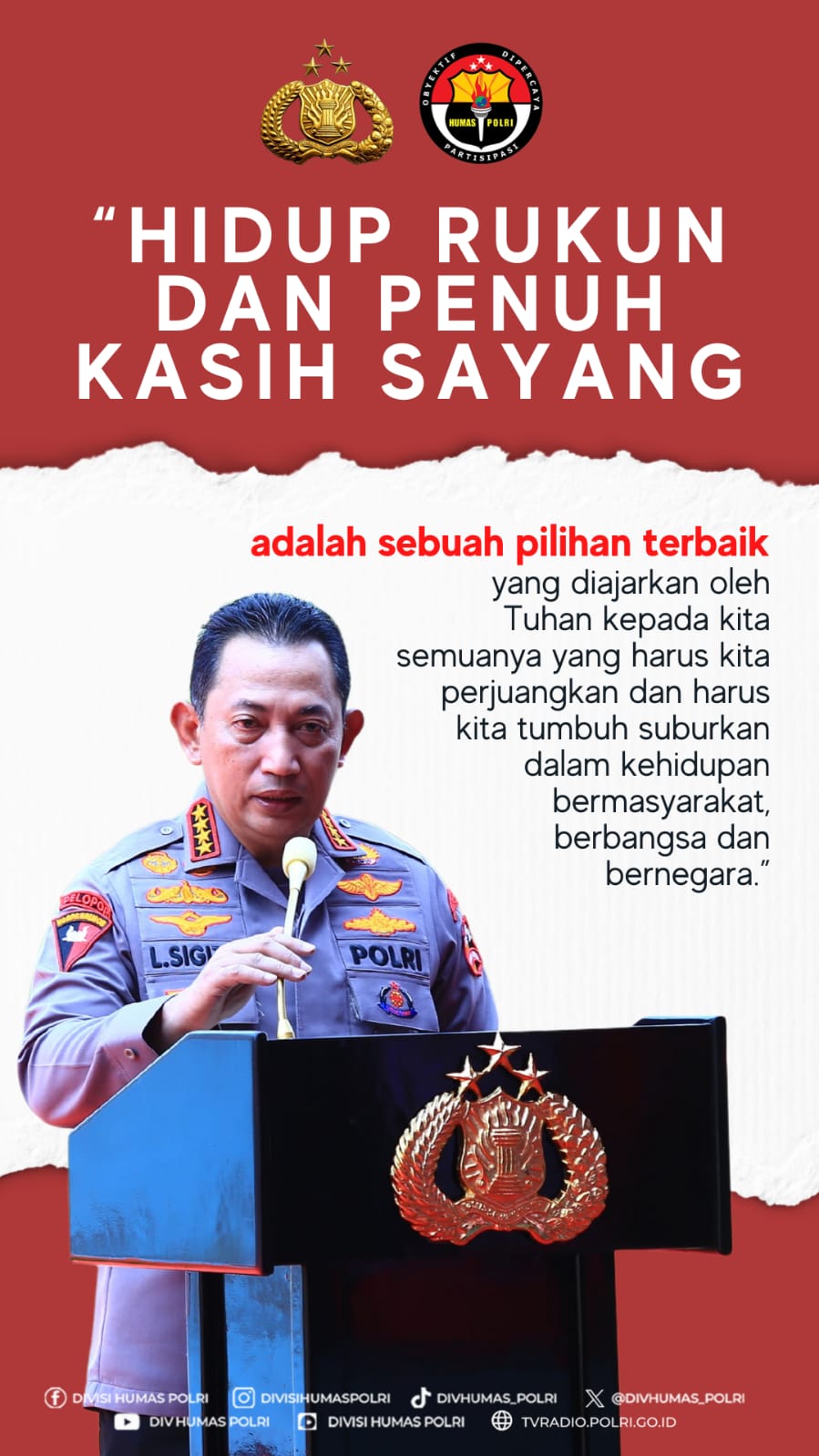inp.polri.go.id - Jakarta. Minister of Agriculture Andi Amran Sulaiman said that the government's rice reserve stock (CBP) currently managed by Perum Bulog has reached more than 4 million tons, the highest figure ever achieved by Indonesia in the last 57 years.
Therefore, Amran is confident that the target of rice self-sufficiency, which was originally targeted to be realized in the 4th year of President Prabowo Subianto's administration, can be achieved faster, which is in the 3rd year.
"The target from the President, from the beginning our plan was to be self-sufficient in 4 years, then 3 years. And we also hope that there will be no imports for this year," said Minister of Agriculture Amran Sulaiman during a press conference at the Presidential Office, Presidential Palace of the Republic of Indonesia, Jakarta, Monday.
"Our current (rice) stock is more than 4 million tons, the highest in 57 years, and we once reached 3 million tons in 1984," continued Amran.
Therefore, Amran said that the government is able to distribute rice assistance for 2 months, namely in the period June-July 2025 to millions of beneficiary families. Amran said the Ministry of Agriculture allocates 180,000 tons of rice per month so that for 2 months 360,000 tons are needed.
"We will distribute it to the underprivileged," said Minister of Agriculture Amran Sulaiman.
Even for some areas, for example in Papua and the Maluku Islands, Amran said the government is ready to distribute directly for 2 months' needs.
On the same occasion, Amran said the government has set a strategy so that the distribution of social assistance for rice does not affect the farmer's exchange rate (NTP). Therefore, the rice assistance is distributed to non-rice producing areas such as urban areas, or areas with minimal rice production, such as in the Maluku Islands and Papua.
In Java, which is the main producer of rice, the government's rice assistance is distributed to areas whose selling price (HPP) exceeds the figure set by the government.
"This is our strategy to maintain good prices at the farmer level, and good prices at the consumer level. Once again, thank God, the agricultural sector, the NTP component is quite good, and our stock is quite safe," said Amran.
(ad/inp/pr/rs)












